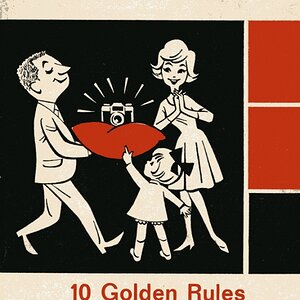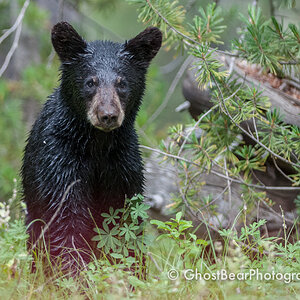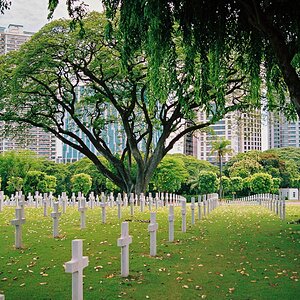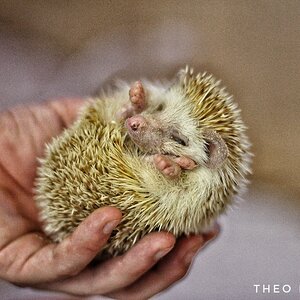Don Kondra
Been spending a lot of time on here!
- Joined
- Dec 11, 2007
- Messages
- 1,637
- Reaction score
- 904
- Location
- Saskatoon, Saskatchewan, Canada
- Website
- donkondra.weebly.com
- Can others edit my Photos
- Photos NOT OK to edit
Which "set" are you referring to ?
If it is this one http://www.thephotoforum.com/forum/commercial-product-photography/188723-grandfather-clock.html
All four images are the same wood tone on my calibrated Dell 2209wa monitor. The backgrounds are not.
What are you using for a monitor ?
Cheers, Don
If it is this one http://www.thephotoforum.com/forum/commercial-product-photography/188723-grandfather-clock.html
All four images are the same wood tone on my calibrated Dell 2209wa monitor. The backgrounds are not.
What are you using for a monitor ?
Cheers, Don
Last edited:


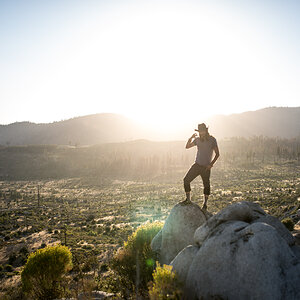


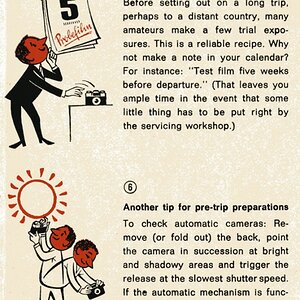
![[No title]](/data/xfmg/thumbnail/36/36674-2a99a33f8b4e9e3d34b08a4ec08fbde8.jpg?1619737676)
